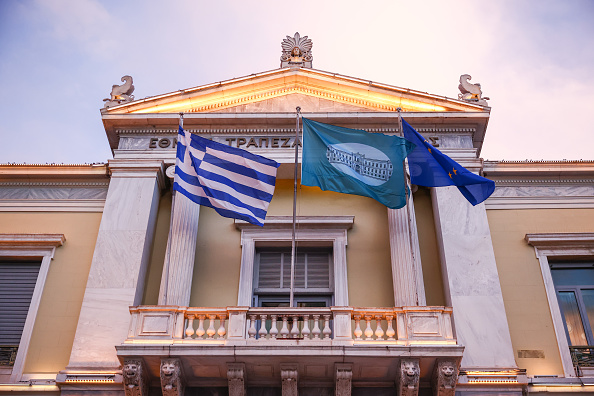It is not the first brand to liven itself up by adding an exclamation mark – think of Yahoo! Although that firm’s almost total eclipse by Google means it is not the most obvious example to follow these days. There is even another European digital bank that has done the same, a relatively successful one at that – Mediobanca’s CheBanca!
But BNP Paribas, more than Mediobanca, is spreading its own digitally implied exclamation mark across Europe.
Hello bank! started in Belgium in 2013, reflecting what bankers say is that country’s relative lead in digital banking over France and Italy. Nevertheless those countries followed only a few months later (in Italy through BNP Paribas commercial bank subsidiary, BNL). Most Hello bank! customers in these countries were previously with the BNP Paribas brand.
“We needed a different way to convince the 18 to 28 age group what a bank is,” says Michael Anseeuw, head of retail banking at BNP Paribas Fortis.
Today Hello bank! has around 500,000 customers in Belgium – essentially all of BNP Paribas’ Belgian customers in the 18- to 28-year-old segment. Partly as a result, the group now has a 30% share of that age group in Belgium, although it already had a higher market share in Belgium than France thanks to Fortis.
By contrast, Hello bank! has about 400,000 clients in France (although that number is growing more rapidly than in Belgium), roughly equal to the number of young people in France in BNP Paribas. In 2017 Hello bank! also launched in the Czech Republic from personal finance brand Cetelem.
As the project has evolved, it has gone against the idea of integrating the whole brand into a unified back office across Europe, continuing to rely on local IT systems. Nevertheless, across Europe, the Hello bank! umbrella now boasts more than three million customers.
We are developing Consorsbank into a fully fledged digital retail bank – Lutz Diederichs, BNP Paribas
BNP Paribas’ German subsidiary Consorsbank, which now shares Hello bank!’s blue branding and exclamation mark but not the name, accounts for the biggest chunk, about 1.5 million clients. An online broker created in 1994, Consorsbank merged with former UniCredit-owned rival DAB Bank in 2014. That merger also resulted in the creation of Hello bank! in Austria.
Consorsbank has cottoned on to the idea that an online broker could also provide current accounts, making it more aligned with the wider Hello bank! project. Now it is also moving towards becoming a mortgage platform.
 |
|
Lutz Diederichs, BNP Paribas |
“We are developing Consorsbank into a fully fledged digital retail bank,” says Lutz Diederichs, country head for BNP Paribas in Germany. Hello bank! is by no means the beginning and end of BNP Paribas’ digital strategy, however. One of the group’s favourite acquisitions in recent years is Nickel, bought in 2017 and branch-free, although so far not primarily distributed digitally. (It has risen to prominence through a clever alliance with France’s ubiquitous tobacconists, reaching one million customers in August, and is already profitable through the fees it charges).
In France, the blue-daubed Hello bank! occupies a mid-point between orange-tinged Nickel’s no frills and no overdraft offering, and the higher-end green-branded BNP Paribas product, which has its own digital strategy.
“The traditional bank has already turned into a mobile bank,” insists retail chief operating officer of retail banking Sophie Heller.
There is a similarly tiered approach in Belgium, where customers are automatically redirected to the green bank when they reach 28, in the expectation that they will then have a greater need for expertise and perhaps branch visits as they build wealth to invest and to buy a home.




